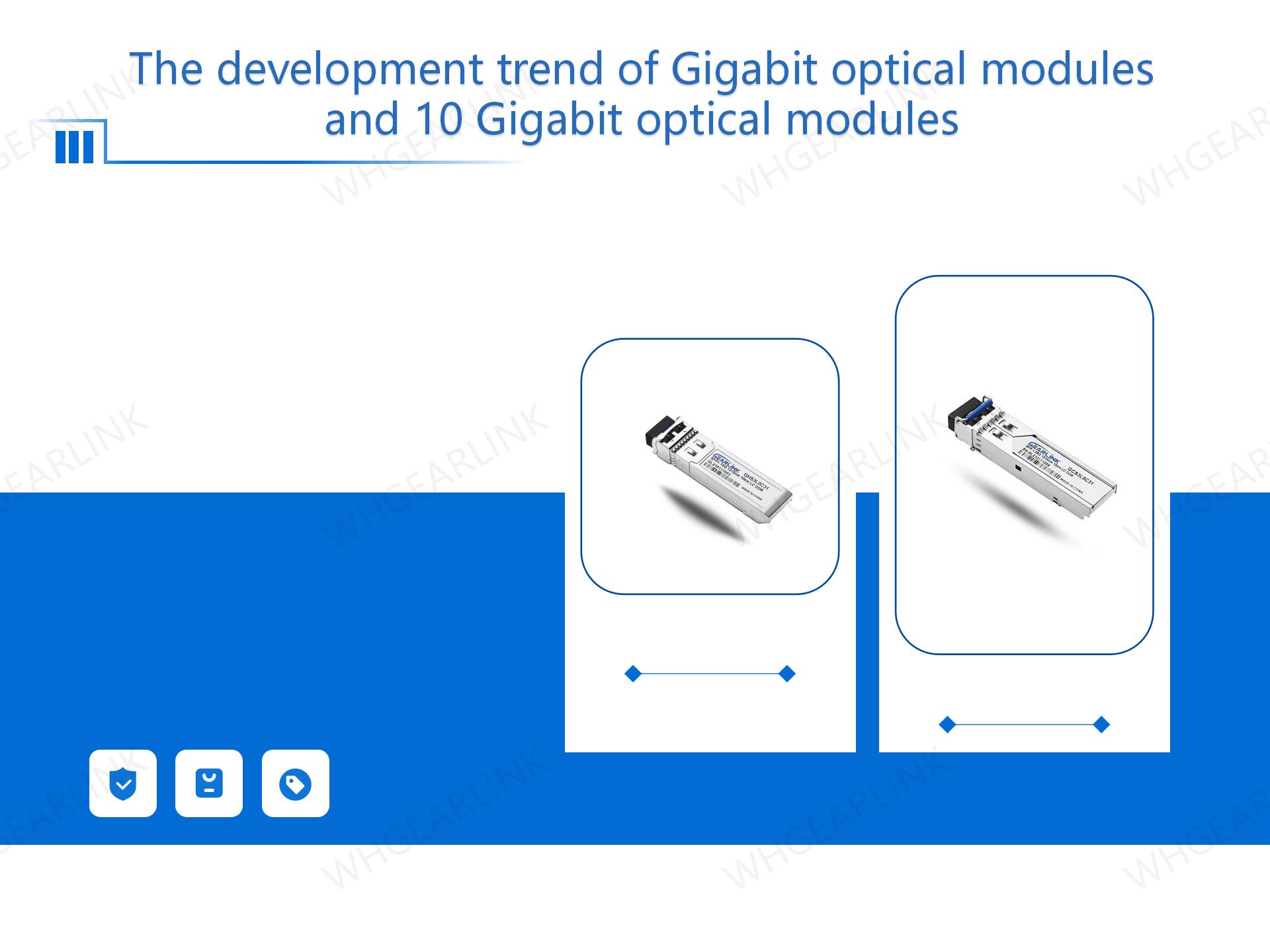This article will discuss in depth the leading technologies and R&D trends of Gigabit and 10 Gigabit optical transceivers. Firstly, the working principle and types of optical transceivers are introduced, and then the advantages and scope of application of Gigabit optical transceivers and 10 Gigabit optical transceivers are introduced. Subsequently, the article focuses on the advantages and challenges of supply chain management in the optical transceiver industry, and shares the best practices that suppliers and manufacturers need to adopt.
Gigabit optical transceivers and 10 Gigabit optical transceivers are high-speed optoelectronic devices that have attracted widespread attention for their high-speed transmission, long-distance transmission and high reliability. The optical transceiver is one of the most important components in the optical communication system. Different types of optical transceivers can be applied to different application scenarios due to their different characteristics. Below we will focus on the leading technologies and R&D trends of Gigabit optical transceivers and 10 Gigabit optical transceivers.
First, let's understand how the optical transceiver works. The working principle of the optical transceiver is to use a laser to emit an optical signal, transmit the light to the receiver, and convert the optical signal into an electrical signal through a photoelectric converter. Optical transceivers can be divided into various types, including plug-in SFP optical transceivers, SFP+ optical transceivers, SFP28 optical transceivers, QSFP optical transceivers, QSFP+ optical transceivers, QSFP28 optical transceivers, QSFP-DD optical transceivers, etc.
Gigabit optical transceivers and 10 Gigabit optical transceivers have attracted widespread attention for their high-speed transmission, long-distance transmission and high reliability. Gigabit optical transceivers can achieve a transmission rate of 1.25Gbps, suitable for small and medium-sized enterprises and mobile application scenarios; while 10G optical transceivers can achieve a transmission rate of 10Gbps, suitable for high-speed application scenarios such as enterprises, data centers, and cloud computing.
However, the supply chain management of the optical transceiver industry is also facing many challenges. First of all, optical transceiver suppliers need to pay close attention to market demand and technological changes, as well as the dynamics of competitors. Secondly, manufacturers need to ensure the quality and reliability of optical transceivers, and improve product performance through technological innovation. Finally, suppliers and manufacturers need to adopt best practices to improve production efficiency, reduce costs and improve product quality.
In short, Gigabit optical transceivers and 10 Gigabit optical transceivers are a new type of high-speed optoelectronic devices, and their leading technologies and research and development trends will receive more and more attention. We believe that in the future development, the optical transceiver industry will usher in a broader development space, and will also bring more efficient and reliable communication services to more enterprises and users.


